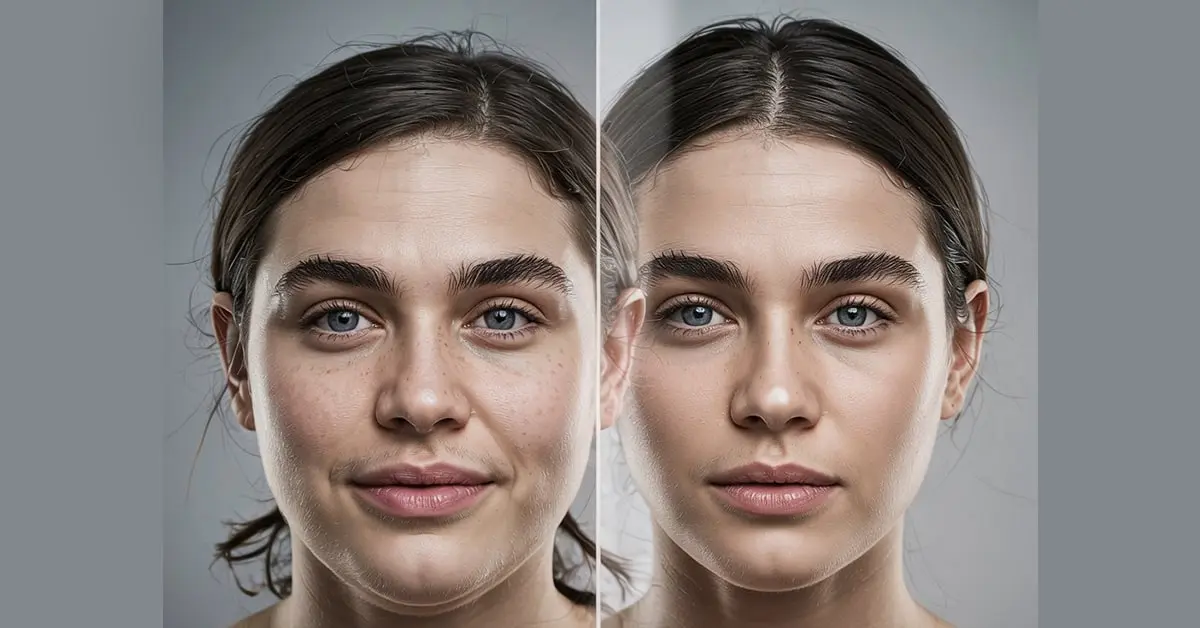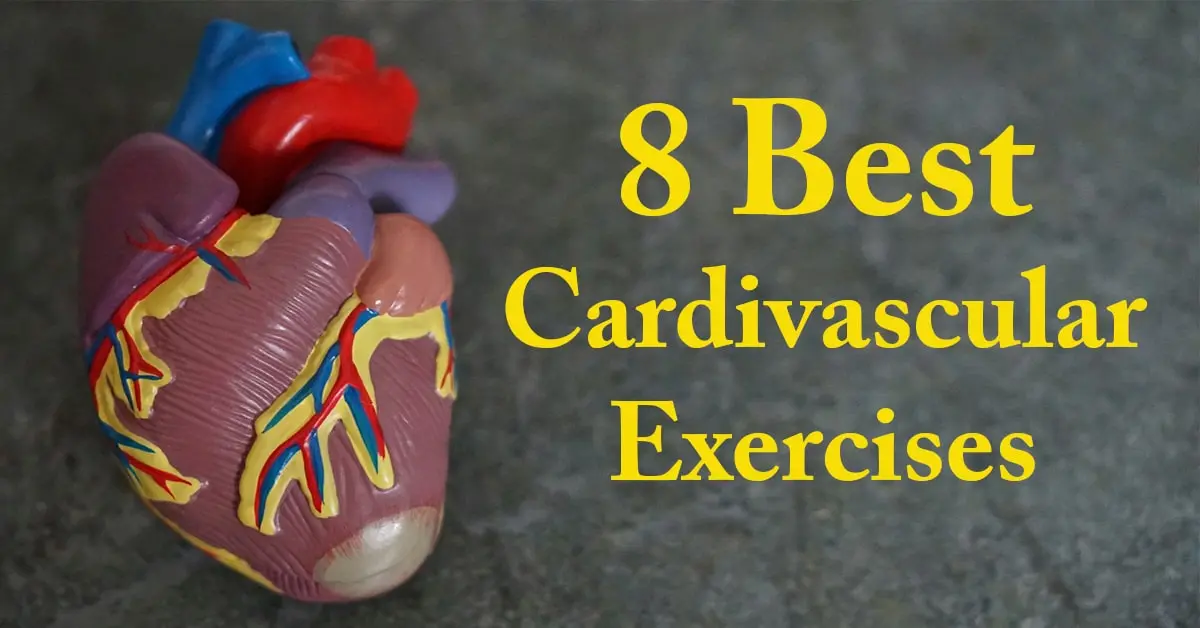Cosmetic surgery is popular today. Many people want a slimmer face. Buccal fat removal is one way to achieve this. However, rare risks like blindness worry some patients. This article explains buccal fat blindness, the procedure, and how to stay safe.
Table of Contents
ToggleWhat Is Buccal Fat and Why Is It Removed?
Understanding Buccal Fat Pads
Buccal fat pads are soft fat pockets in your cheeks. They sit between your cheekbones and jaw. These pads give your face a round look. Babies have big buccal fat pads for chewing. As we grow, these pads shrink a bit. Some adults still have fuller cheeks because of them. Removing them can make your face look slimmer. It highlights your cheekbones and jawline. People choose this to match modern beauty trends. The surgery is quick, but it’s not for everyone. Doctors check your face shape first. They ensure it suits your goals.
The buccal fat pad has a unique role. It cushions facial muscles. It helps with chewing and talking. Too much fat can hide your natural features. Too little can make you look older. Surgeons must balance this carefully. They remove only what’s needed. This keeps your face looking natural. Over-removal can cause hollow cheeks later. That’s why expertise matters.
The Rise of Buccal Fat Removal in Cosmetic Surgery
Buccal fat removal is trending now. Social media drives its popularity. Celebrities like Chrissy Teigen admitted to it. TikTok videos show before-and-after results. They get millions of views. People in their 20s and 30s want it most. They like the chiseled look. It’s called the “Handsome Squidward” effect. This refers to sharp, defined features. In 2023, about 4,866 Americans had this surgery. That’s a 7% rise from 2022. The procedure costs $1,000 to $16,000. It depends on the surgeon and location.
But trends come with risks. Some regret it years later. Faces lose fat naturally with age. Removing buccal fat too early can age you faster. Surgeons warn about this. They say it’s not a one-size-fits-all fix. You need a skilled doctor. They assess your face and health. This ensures the best outcome.
How Buccal Fat Removal Is Performed
Step-by-Step Surgical Procedure

Buccal fat removal is a simple surgery. It takes about 30 minutes. You’re awake but numbed. Some get light sedation. The surgeon cuts inside your mouth. The cut is near your upper molar. It’s about 2-4 centimeters long. They find the buccal fat pad. They gently pull out the excess fat. Then, they stitch the cut closed. There’s no scar on your face. You go home the same day.
Recovery is quick. Swelling lasts a few weeks. You eat soft foods at first. Full results show in three months. The fat doesn’t grow back. But weight gain can change your face. Surgeons follow strict steps to avoid nerves. This keeps your smile and feelings safe.
Who Is an Ideal Candidate for Buccal Fat Removal?
Not everyone suits buccal fat removal. Ideal candidates have full cheeks. They want a defined jawline. They should be healthy adults. Non-smokers are preferred. Smoking slows healing. People with thin faces aren’t good candidates. Removing fat can make them look gaunt. Surgeons check your skin’s stretchiness. They also ask about your goals. You must understand the risks.
Younger patients often want it. But older adults may need other procedures. A facelift might work better. Your surgeon will guide you. They ensure the surgery fits your face. This prevents unnatural results.
Can Buccal Fat Removal Lead to Blindness?
The Link Between Fat Injections and Vision Loss

Buccal fat removal itself rarely causes blindness. But related procedures can. Fat injections are sometimes used. These add volume to the face. Fat is taken from another body part. It’s injected into cheeks or under eyes. If done wrong, it can block blood vessels. This is called a fat embolism. It stops blood flow to the eyes. That can lead to vision loss.
The risk comes from the face’s blood vessels. They connect to the eyes. Injecting fat too fast or too deep is dangerous. It can push fat into an artery. This blocks oxygen to the retina. The retina needs oxygen to see. Without it, vision fades fast.
What Is Fat Embolism and How Does It Happen?
A fat embolism happens when fat enters a blood vessel. It acts like a clog. In facial fat procedures, this is rare but serious. The face has many tiny arteries. Some link to the eyes. If fat gets in, it blocks blood flow. This starves the optic nerve. It can cause partial or full blindness.
It happens during fat injections. A needle might hit an artery. Fat gets forced in. High pressure makes it worse. The fat travels to the eye’s blood supply. This cuts off circulation. It’s an emergency. Quick action is vital.
Real Cases of Vision Complications After Facial Fat Procedures
Few cases of buccal fat blindness exist. But facial fat injections have caused issues. In 2018, a woman in China lost vision. She had fat injected under her eyes. The fat blocked an artery. She went blind in one eye. Doctors tried to save her sight. They couldn’t reverse it fully. Another case was in 2020. A man in Brazil had cheek injections. He lost partial vision. He recovered some sight with treatment.
These cases show the risk. They’re rare but real. Surgeons now use safer methods. They inject slowly and avoid deep areas. This lowers the chance of problems.
| Case Study | Location | Procedure | Outcome |
|---|---|---|---|
| Woman, 2018 | China | Fat injection | Permanent blindness in one eye |
| Man, 2020 | Brazil | Cheek injection | Partial vision loss, some recovery |
How Rare Is Blindness from Buccal Fat or Facial Fat Injections?
Medical Statistics and Clinical Data
Blindness from buccal fat removal is very rare. No direct cases link it to the surgery alone. Facial fat injections carry a higher risk. Studies estimate vision loss in 1 in 100,000 cases. That’s 0.001%. Most happen with fat injections, not fat removal. In 2023, the American Society of Plastic Surgeons reported no blindness cases from buccal fat removal. But 12 cases tied to fat injections worldwide.
The risk is low but not zero. Proper technique matters. Experienced surgeons reduce this chance. They know the face’s anatomy well.
Expert Opinions from Cosmetic Surgeons and Ophthalmologists
Dr. Jane Lee, a cosmetic surgeon, says, “Buccal fat removal is safe when done right. Blindness risks come from fat injections.” She stresses choosing skilled doctors. Dr. Mark Wong, an eye doctor, agrees. He says, “Fat embolism can harm the retina fast. Quick treatment is key.” Both urge patients to ask about risks. They say safety comes first.
Surgeons train for years to avoid errors. They study facial nerves and vessels. This keeps complications low. Always check your doctor’s credentials.
Symptoms and Warning Signs of Fat Embolism
Early Signs to Watch Out For
A fat embolism shows clear signs. Sudden vision changes are the first clue. You might see blurry spots. Some lose sight completely. Eye pain can happen too. Your face may feel numb. Swelling around the injection site is common. These signs start within minutes.
Stay calm if this happens. Tell your surgeon right away. Time matters a lot. Early action can save your vision.
When to Seek Medical Help Immediately
Go to the hospital fast if you lose vision. Don’t wait for it to pass. Call 911 if your surgeon isn’t there. Severe eye pain needs attention. So does sudden blindness. Doctors can test your eyes. They check blood flow. Quick care might stop permanent damage.
Hospitals have special tools. They use scans to find blockages. Treatments work best in the first hour.
Diagnosing and Treating Vision Loss After Fat Injection
Immediate Medical Interventions
Doctors act fast for vision loss. They check your eyes first. A scan shows if an artery is blocked. Oxygen therapy helps the retina. Some get drugs to thin blood. These improve flow. In rare cases, surgery clears the blockage. Every minute counts.
Hospitals keep you stable. They monitor your eyes closely. Treatment aims to save as much vision as possible.
Case Studies of Recovery and Partial Vision Restoration
In 2019, a woman in the UK had a fat injection. She lost vision in one eye. Doctors gave her oxygen and drugs. She regained 50% of her sight. Another case was in 2021. A man in Japan had cheek fillers. He went blind briefly. Treatment helped him see shapes again. In 2024, cases also reported.
Recovery varies. Some regain little vision. Others improve a lot. Early care makes a difference.
| Case Study | Treatment | Recovery Outcome |
|---|---|---|
| Woman, 2019 | Oxygen, drugs | 50% vision restored |
| Man, 2021 | Emergency care | Partial shape vision |
How to Minimize the Risk of Complications
Choosing a Qualified and Experienced Surgeon
Pick a board-certified surgeon. They know facial fat procedures well. Check their experience with buccal fat removal. Ask how many surgeries they’ve done. Look at before-and-after photos. Read patient reviews. A good surgeon explains risks clearly. They don’t rush you.
Avoid cheap clinics. Low prices can mean less skill. Safety is worth the cost. Always verify credentials.
Precautions During and After Surgery
Surgeons use safe methods. They inject fat slowly. They avoid deep vessels. After surgery, follow their rules. Rest your face. Don’t touch the stitches. Eat soft foods. Avoid smoking. Go to follow-up visits. These check for problems early.
Tell your doctor about all medicines. Some increase risks. Honesty keeps you safe.
FAQs: Common Concerns About Buccal Fat Surgery and Blindness
Is It Safer Than Dermal Fillers?
Buccal fat removal is different from fillers. It’s a one-time surgery. Fillers need repeat injections. Both have risks. Blindness is rarer with fat removal. Fillers can block vessels too. Fat injections are riskier than both. Ask your surgeon to compare them. They’ll explain what’s best.
Studies show fillers cause more vision loss cases. But buccal fat removal needs careful hands too. Choose wisely.
What Should I Ask My Surgeon Before the Procedure?
Ask about their experience. How many buccal fat surgeries have they done? What are the risks? Can they show results? Ask about fat embolism signs. How do they handle emergencies? Get clear answers. This builds trust.
Also, ask about recovery. How long will swelling last? What foods should you avoid? Good questions mean better results.
Final Thoughts: Weighing the Aesthetic Benefits Against the Risks
Buccal fat removal can sculpt your face. It boosts confidence for many. But risks like buccal fat blindness are real. They’re rare but serious. Choose a skilled surgeon. Understand the procedure fully. Know the warning signs. This keeps you safe.
Beauty is personal. Weigh the pros and cons. Talk to experts. Decide what’s right for you. Safety always comes first.






